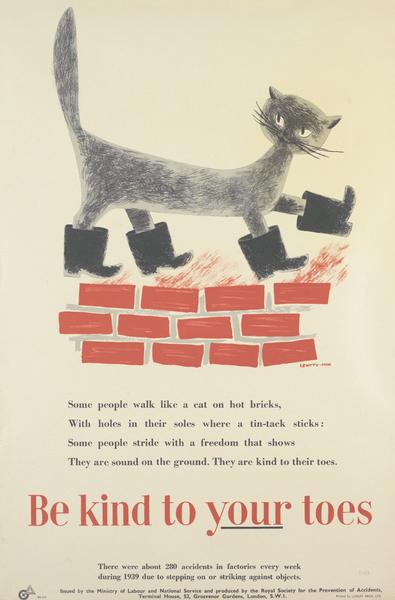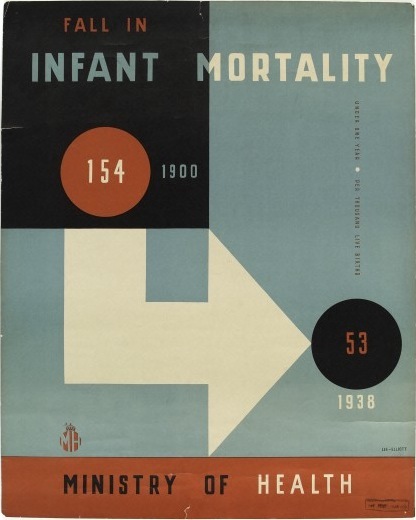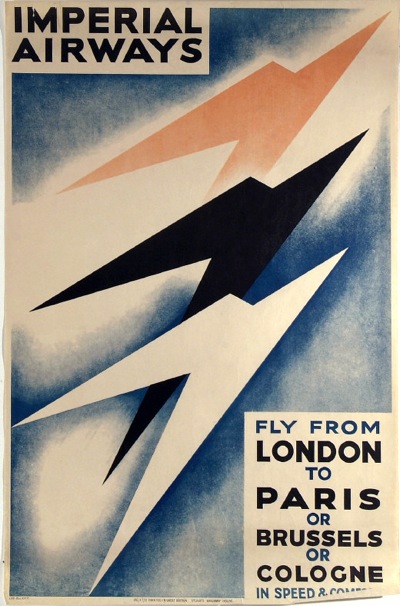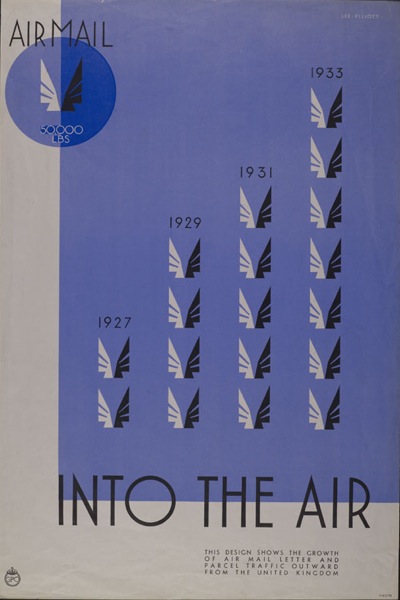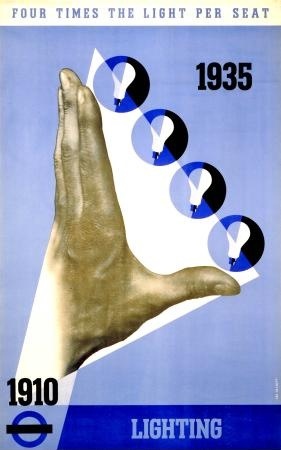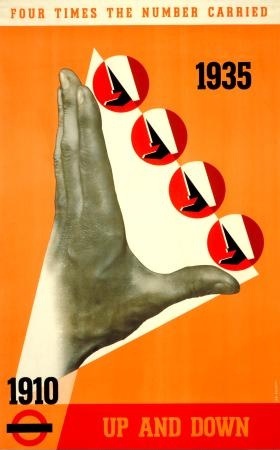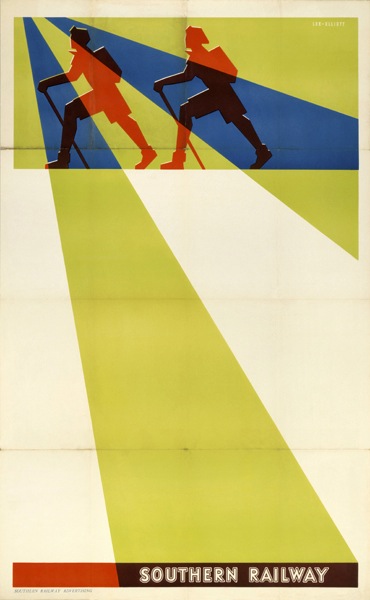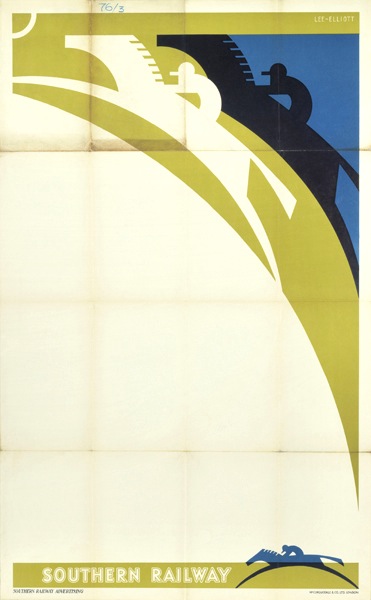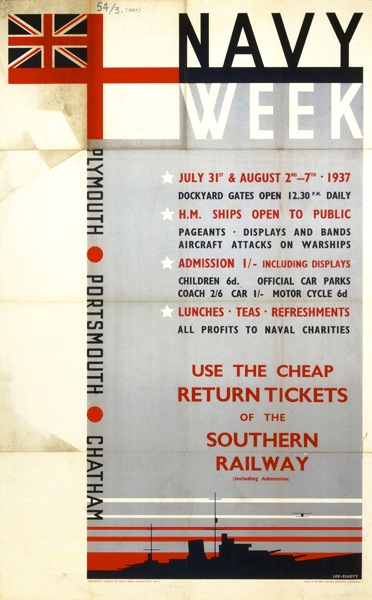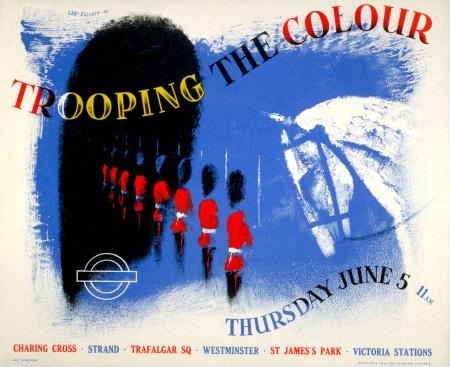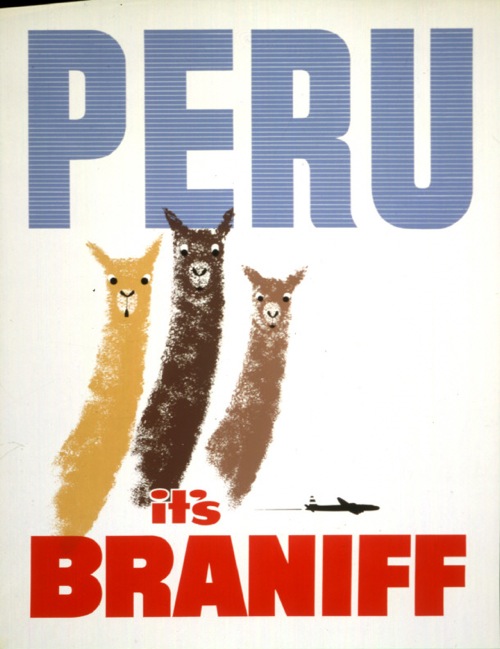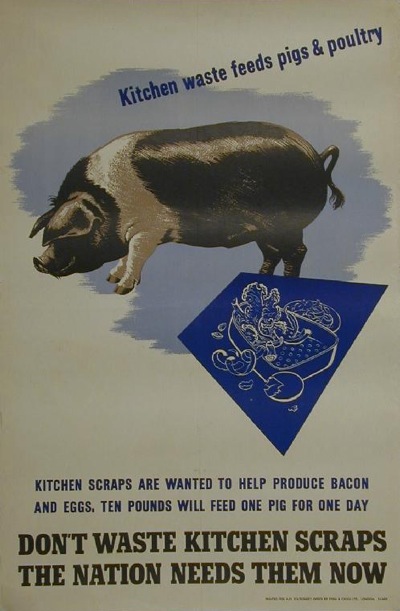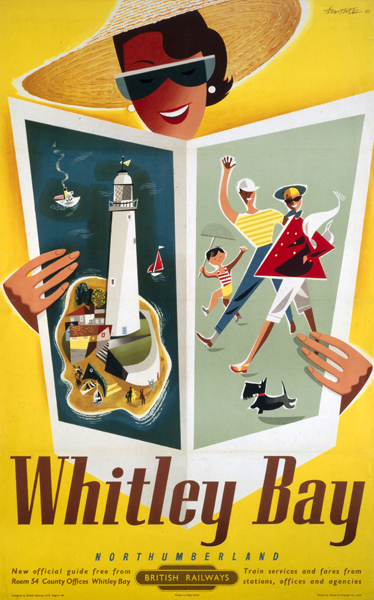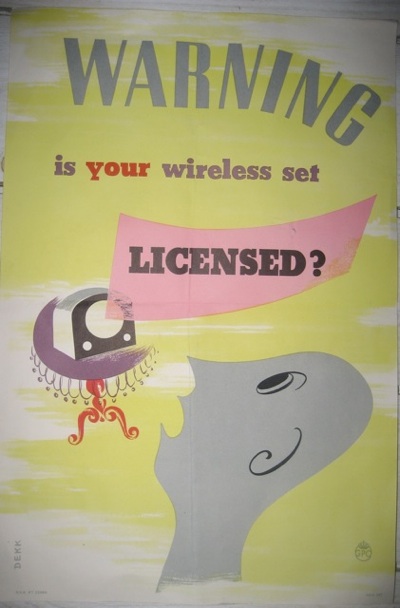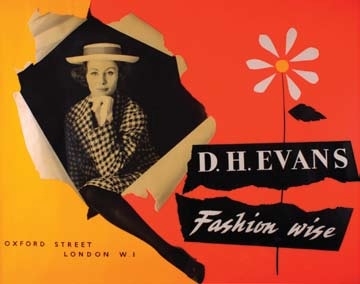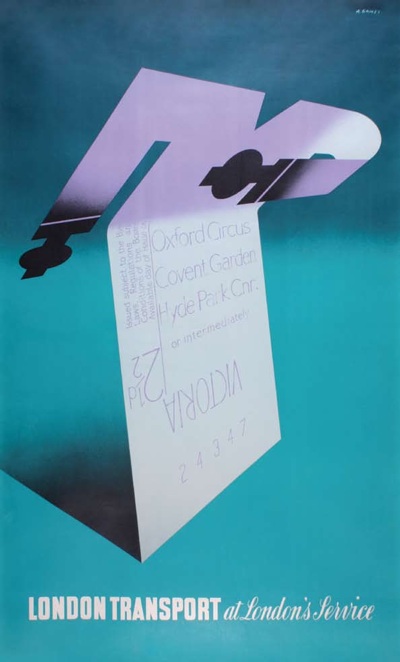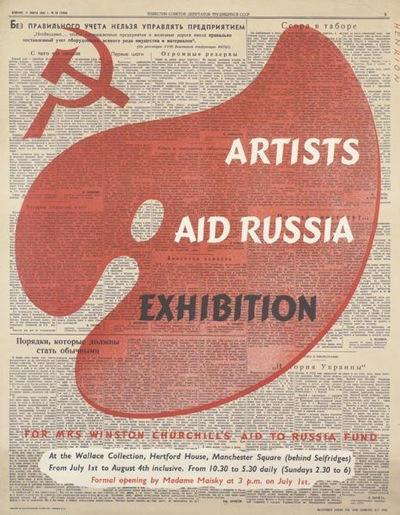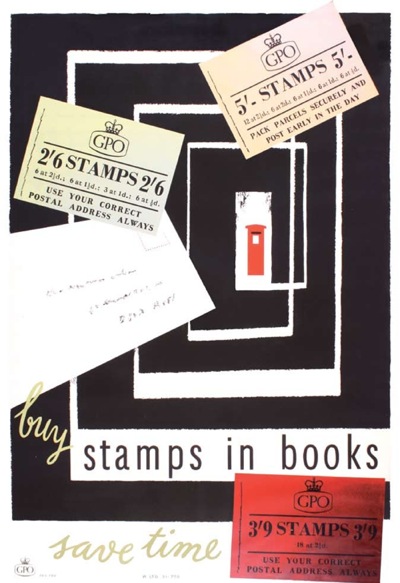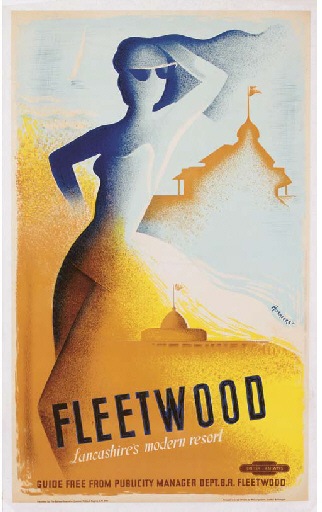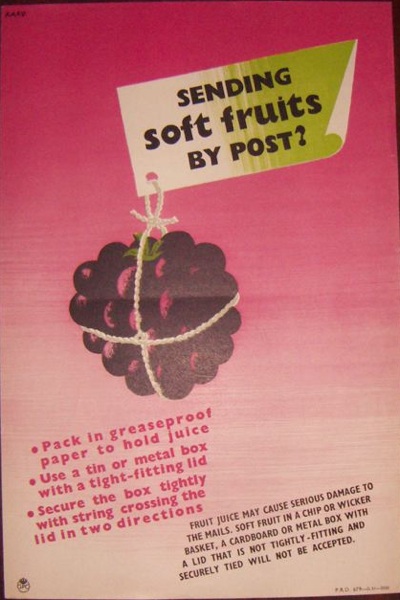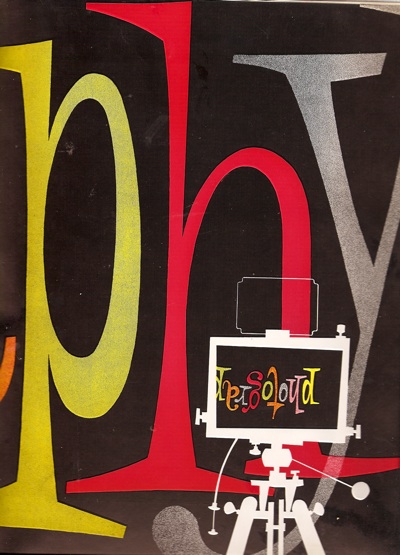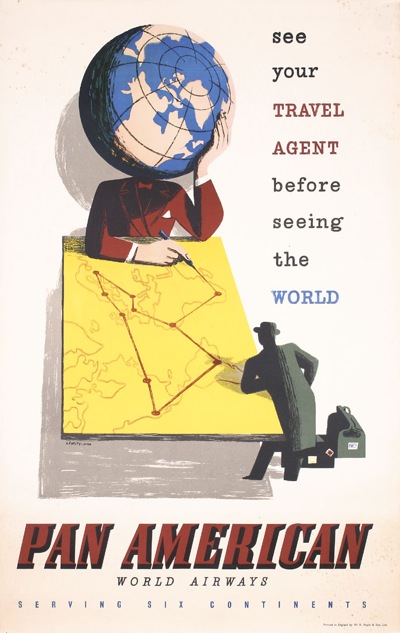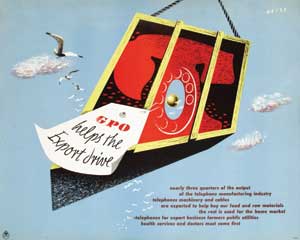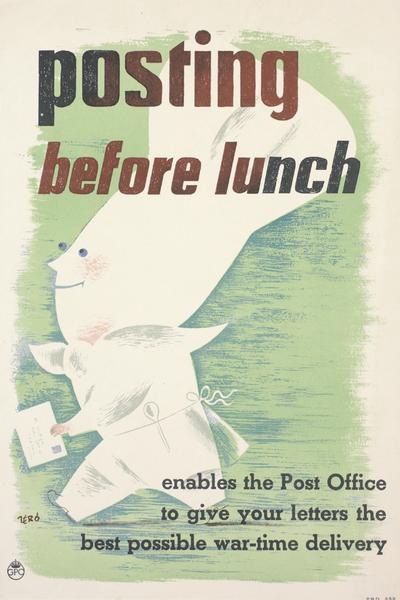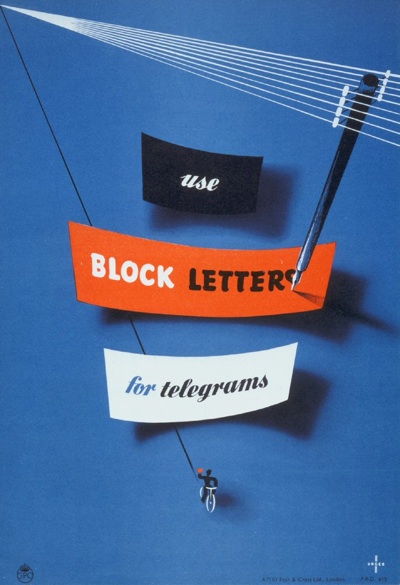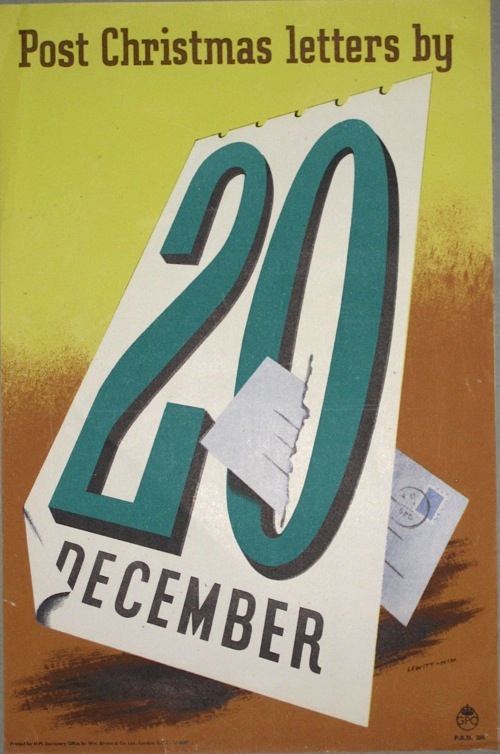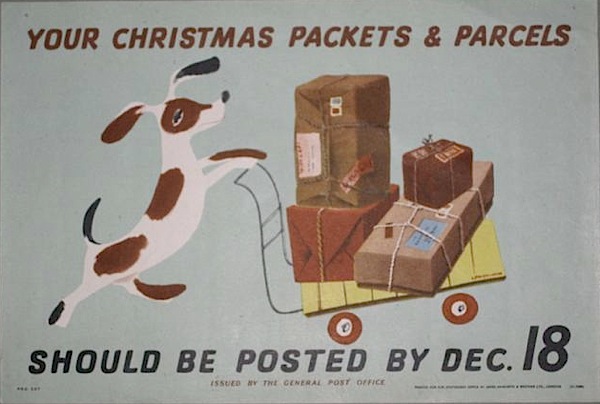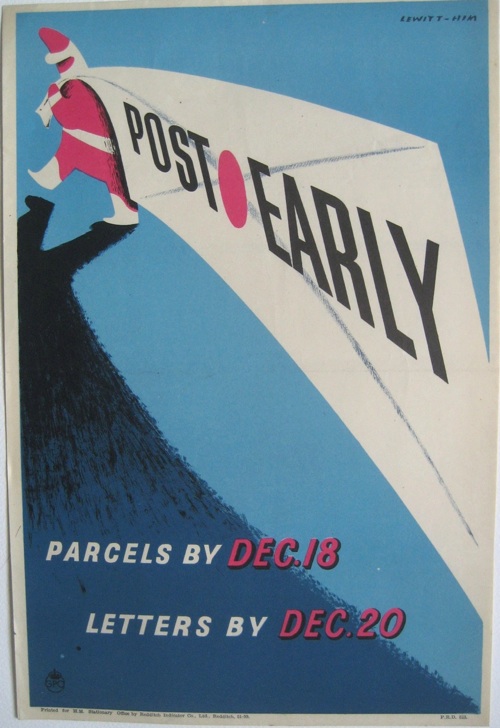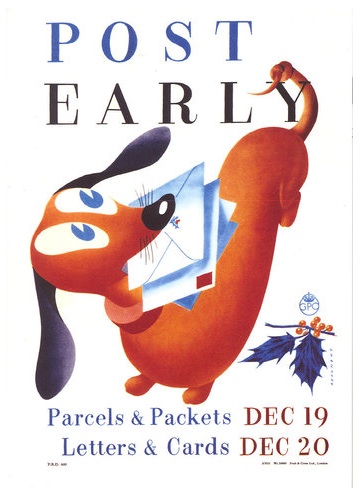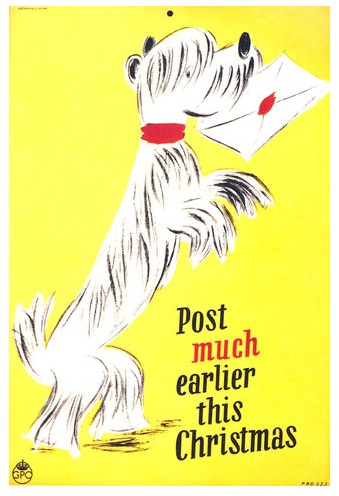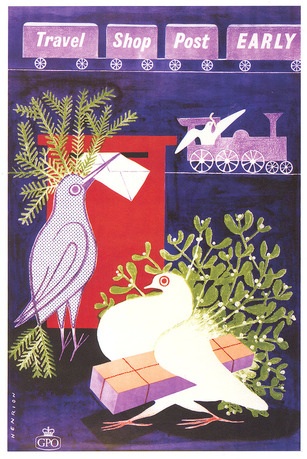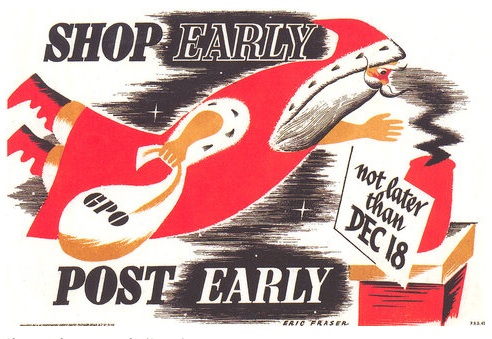Things. In archives.
Now that there are posters in archives doesn’t exactly count as hot news. But it’s worth revisiting nonetheless, for a couple of reasons.
One is that new delights can appear. It’s been said before, but I love the VADS archive as a model of how digitisation can work brilliantly. And every so often I go back and discover that items have been added. I’m sure I’ve never seen this Lewitt-Him ROSPA poster before as I would have remembered a puss in boots as fine as this.
Puss can be also found in the Jan Le Witt and George Him: Design book which is one of the vast backlog of books which I’ve failed to mention on here. Like every other title in this series I’ve seen, it’s a very good outline introduction to their lives and work. So that’s one down, unfortunately another three arrived this week.
Elsewhere, new archives spring up. I was moaning very recently that the Wellcome collection had a fine digital catalogue but no images. But now there is Wellcome Images. Almost an entire universe from germs to tattoo designs, but also containing posters. Which is where I found this. Once again, modernism is exactly the right style where progress can be celebrated – and a fall in infant mortality can only be good.
This very pure, almost continental modernist design is by Theyre Lee-Elliott, who I’d never come across before. But it turns out that he also designed the archetypal airmail wings.
As well as the Imperial Airways Speedbird logo, a design which endured beyond Imperial’s incorporation into BOAC and well into the time of British Airways.
Those two designs alone – both classics which survived well past World War Two and beyond – should have been enough to secure Lee-Elliott more fame than he currently has. But Lee-Elliott also designed some rather good posters. Some of these were expansions of his logo designs for Imperial and the GPO.
But he also designed a pair of really rather wonderful posters for London Transport in 1936 (from the wonderful LT Poster archive).
As well as these posters for Southern Railway, all from 1937 (from the more idiosyncratic NMSI archive).
A set of work which makes it all the more mysterious that he is not celebrated as one of the great modern designers in this country.
His later life may be one reason for this.
Although he designed one more poster for London Transport in 1952, he seems to have given up graphic design for fine art – in particular paintings of dancers. Here’s a brief biography as told by one of his nephews:
David Theyre Lee-Elliott went from Winchester to Cambridge and thence to The Slade School of art and lived in Chelsea all his life, dying at the age of 85 in 1988. He never married but had seven nephews and nieces. Before the war he painted the scenery and backdrops at Sadlers Wells and met all the stars and painted hundreds of action pictures of them. Whenever he came to stay he always painted pictures for us of our toys and where we lived during the war and after. A lot of his paintings were bought by the stars of stage and screen of yesteryear.
This recollection – as well as many others – came from a dance blog, Oberon’s Grove – which has articles on Lee-Elliott’s dance paintings (here and here) which are a worth investigating if you want to know more about the man.
But he did more than paint dancers – there’s an interesting commentary one of his paintings held by The Methodist Church Collection of Modern Christian Art (a new discovery for me) which describes his compulsion to paint religious imagery despite, apparently, having no religious faith.
I’m clearly just scratching the surface here; Theyre Lee-Elliott was clearly a very complex and unusual person – apparently he had a novel written about his life at some point too – and I find it extraordinary that he has disappeared so completely from the history books, at least as far as graphic design is concerned. So if anyone can shed any more light on his life and work, as ever, I’d love to hear from you.
This has rather digressed from the simple post about online archives that I’d intended when I started writing. But, in the course of it all, I did discover one more. The Smithsonian Museum in Washingon has a collection of Air Travel posters online, called Fly Now! which is worth some of your time. Or possibly quite a lot of your time, given that there are 1,300 or so posters in their catalogue.
The collection is brilliantly omnivorous too, containing everything from design classics to high kitsch. I will definitely have to come back to it one day when I’ve picked through it properly. But in the meantime, have some surprised llamas to brighten your Friday.
